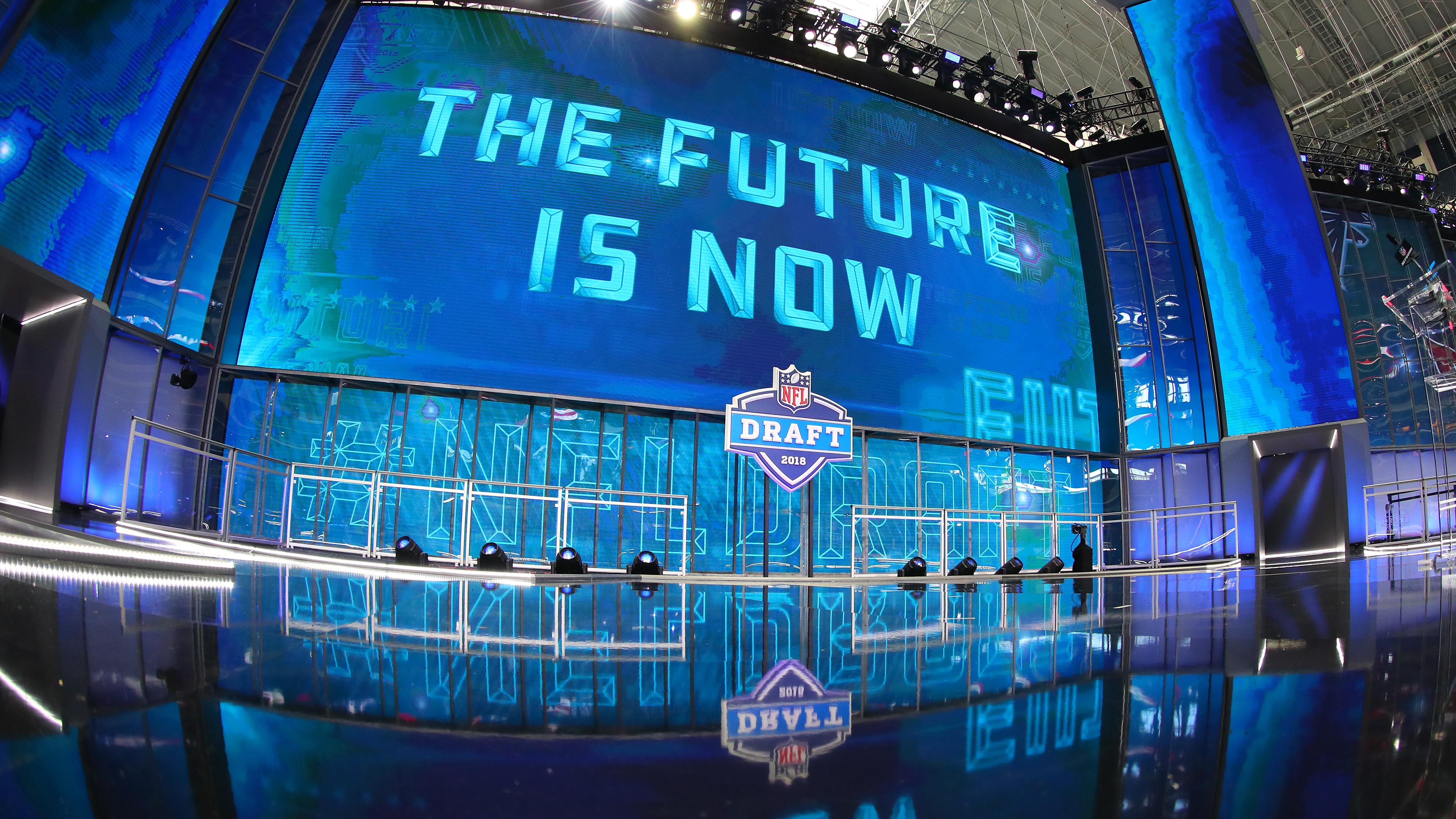A rule change for how penalties are enforced on successive point-after tries has passed. The new rule will ensure all penalties will continue to be assessed, regardless of whether a team changes its mind and switches from a one-point try to a two-point try, or vice versa.
Here’s how the rule read previously, with the new language added in italics.
ARTICLE 3. FOULS COMMITTED DURING TRY.
Stay in the game with the latest updates on your beloved Chicago sports teams! Sign up here for our All Access Daily newsletter.
If a foul results in a retry, Team A will have the option to enforce the penalty from the spot where it attempted the try (previous spot) or from the yard line for the other try option, the location of which is determined by any previously enforced penalty, if applicable.
The proposition stems from a confusing series of events from the Bears’ Week 2 win over the Broncos in 2019. With 31 seconds left in the game, the Broncos scored a touchdown to pull them within one point of the Bears. But instead of kicking to tie the game, Vic Fangio opted to go for two, and the win. However, a delay of game on Denver pushed the ball back, so Fangio trotted out the kicking team instead. But because the penalty was committed on a two-point try, they were able to kick from the 20, instead of the 25.
Things got even more interesting when the Bears committed a penalty of their own on the kick, so Denver got the opportunity to move up to the 1-yard line for another two-point try. This time they converted, and took a 14-13 lead.
In the end, Mitchell Trubisky connected with Allen Robinson on a 25-yard play to set up a 53-yard Eddie Piñeiro field goal attempt. Piñeiro made the kick as time expired, so the Bears won regardless of all point-after hoopla.
NFL
Even though the Bears got the win in the end, they don’t want to find themselves in that situation again, hence the rule change. Clearly, other teams don’t want to find themselves in that situation either.
Related: Report: Rival GMs believe Bears could trade up for QB
Click here to subscribe to the Under Center Podcast for free.


